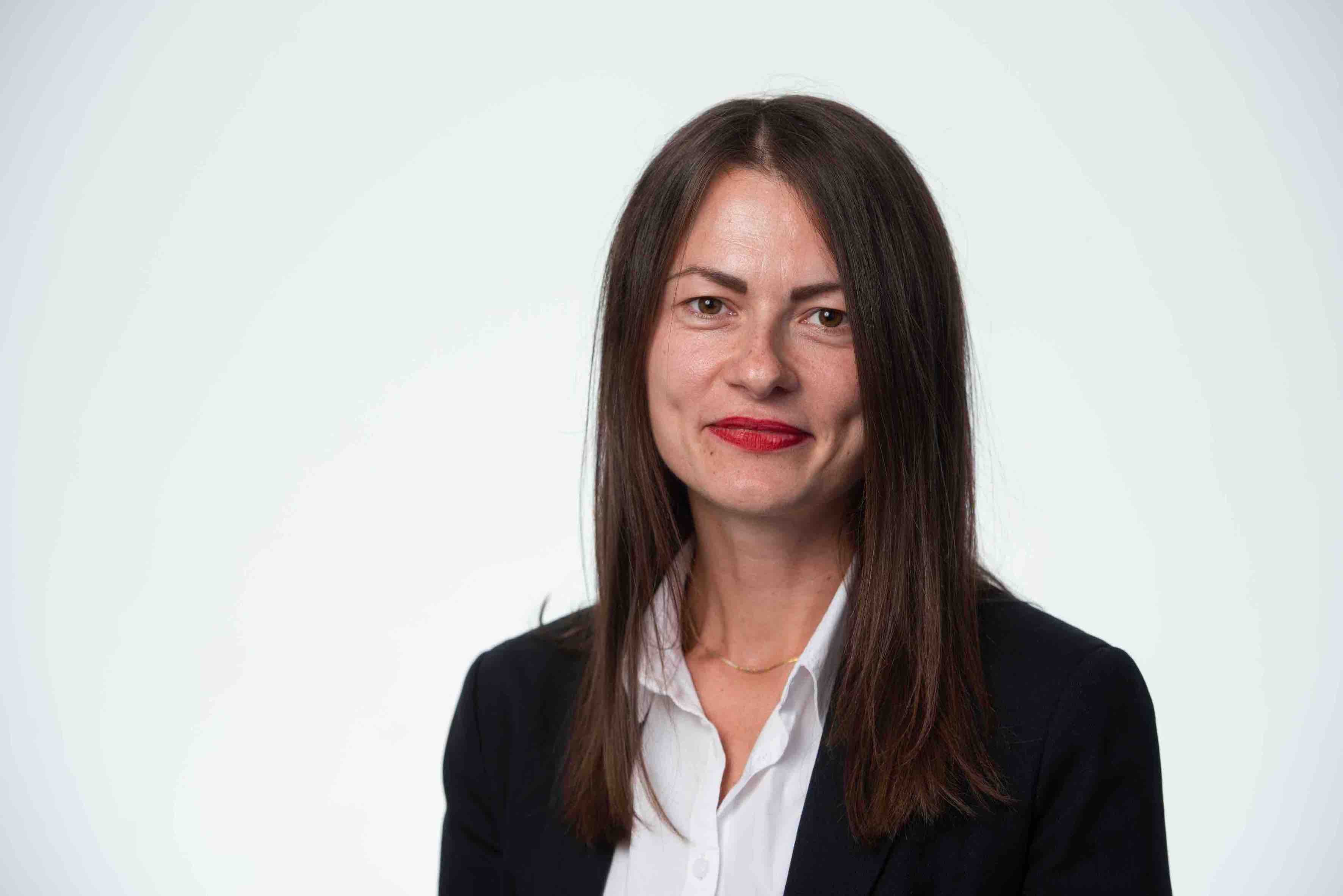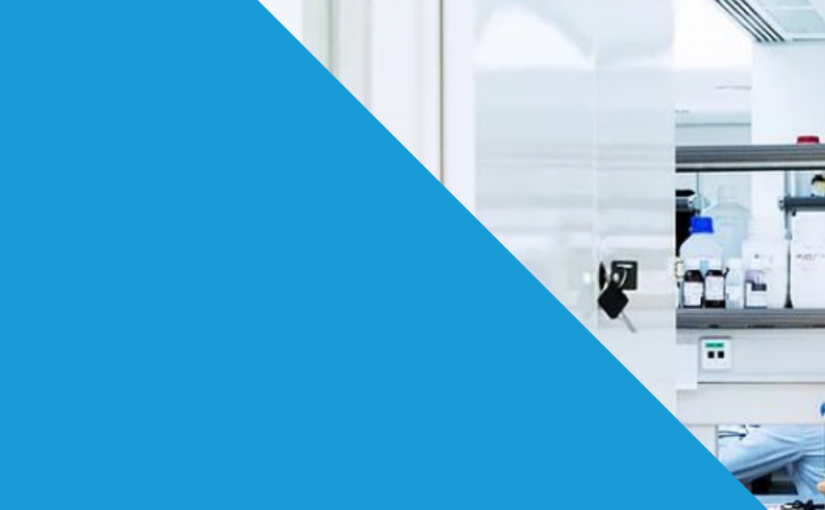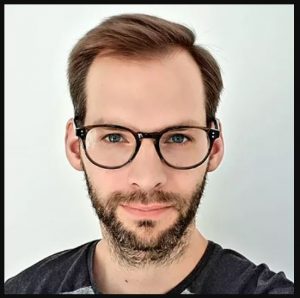Narges Sheikhansari: Hello and thank you both for being here today. I’ll start with my first question, please tell us about your team. What are your backgrounds and your founding story?
Pedro Correa de Sampaio [CEO, Neobe Therapeutics]: So, I’ve been working in the tumour microenvironment area for many years, always as an academic. Considering that one of the defining features of cancer is how genetically unstable it is, it made complete sense to me to better understand the real state that surrounds cancer cells. So it’s something that I’ve been interested in for a while, and I have studied it a lot, particularly in my post-doc, looking at how different components of this environment interact with each other; specifically how they can cause barriers to the infiltration of immune cells into particular types of tumour. However, I wanted to see a real world application of my work, so I took some of the ideas that I had before and created a new company.
So, I just decided to take the challenge and I started looking at the entire field of the microenvironment, and tried to come up with new ideas of disrupting it in a way that can facilitate therapeutic efficacy that has real impact on patients. That’s how I slowly started coming up with the idea of using bacteria, at which point it became clear that I know nothing about bacteria. I needed to find someone who knew about bacteria to help me put that idea together. And that’s where I met Annelise Soulier and she joined me on the project.
Annelise Soulier [CSO]: Pedro contacted me last December, and I thought it was a great opportunity. As I am a microbiologist by training, I found the idea very interesting.
Narges: That is wonderful, and what was the missing link in the industry or amazing technology development that motivated you to create your start-up?
Pedro: I felt that there was a clear need, particularly in the space of immuno-oncology, to address microenvironmental blocks to immune infiltration. Currently, 15-20% of patients at best are responsive to treatment, and the main constraint that prevents more patients from responding is the existence of the immunosuppressive barriers in the tumour microenvironment.
So, when I came across this opportunity and had the funding to put these ideas into a company, I basically jumped on it.
So, we kind of started with the problem. What have people done before? Why has it not worked? What can we do that is different? And we continued from there.
Narges: Very interesting. What have been the challenges to your success? What are the unexpected lessons you’ve had to learn?
Pedro: One of the first ones was, putting a lab together. We started with an idea and we put together our business plan. We compiled the experimental strategy and then we jumped straight in. We needed to start developing that data. So, putting the lab together and generating the data that we needed to create some intellectual property that we could use to push the company forward have been two of the main challenges.
Annelise: The development of the design experiments was one of the main parts of my job when I joined Pedro. And so, one of the first things I did was to start engineering the different types of bacteria that we selected, which was quite challenging. It’s still in development, and we haven’t patented them yet.
Narges: Interesting. And what have been the key pieces of support that have helped you grow?
Pedro: I think having the right team is one of the biggest points. I think that the two of us were committed enough to commit to this project full time and wanted to push it through.
It means that we believe in what we’re doing, and that’s one of the main things driving us forward.
Annelise: I agree, we are a great team. We really believe in this new idea, and we really want to move things forward.
Narges: That’s great to hear. What are your next steps? Where do you see your startup in 5 years?
Pedro: The way I see the company evolving is in establishing ourselves as the main player of a new niche of using bacterial therapeutics to remodel the tumour microenvironment. I feel like this is going to be a hugely growing market in cancer therapeutics. The biotechnology industry and the pharma industry are finally coming to terms with how important it’s going to be to target the microenvironment. And I think by using bacteria, we’re doing it in a different way from everyone else and in a way that has the potential to be a lot more efficient than what other people have been able to accomplish. If we manage to prove that our approach works, then we want to diversify into starting to develop a lot of different bacterial components that target different areas of the tumour microenvironment.
Annelise: I really believe that there is no one drug or one type of bacteria that will be able to target all the different types of tumour. There is a diversity of tumours and there is a diversity of bacteria. So, the game will be to expand, the library of bacteria.
Narges: That is an impressive vision to have. And my last question. Do you have any advice for other scientist entrepreneurs looking to start up their own innovation?
Pedro: That’s a great question. I think coming from academia, I’d say focus. Don’t get distracted and be persistent. I think we, as academics tend to sometimes underappreciate the skills that we generate as an academic and how useful they can be for things like starting your own business. I think if you’ve gone through a PhD, if you’ve gone through a postdoc, you’ve got the right skill sets to be able to run a business and to put a company together. The main thing that you learn how to do as a PhD student is problem-solving and, putting a company together is mostly problem solving. You know how to put an experimental plan together. You know how to budget and you hopefully have some mentoring experience. You have at least some ideas on how to run a team. The main thing when you move into something like this is just the focus and not getting distracted.
Annelise: You must think about the risk of everything you are doing. And communicate everything. Don’t be scared. I mean, to talk, to go and see people, to talk to them. People are willing to help. They are willing to support new ideas and to be in a new project.
Also, I think, lots of women, sometimes don’t really believe in themselves enough, and I think we need them to be more confident and to see that they are as capable as anyone else and they can go for it as well and they can move forward.
Narges: That is wonderful advice. Thank you, Pedro and Annelise. I wish you the best of luck for the rest of your journey.







